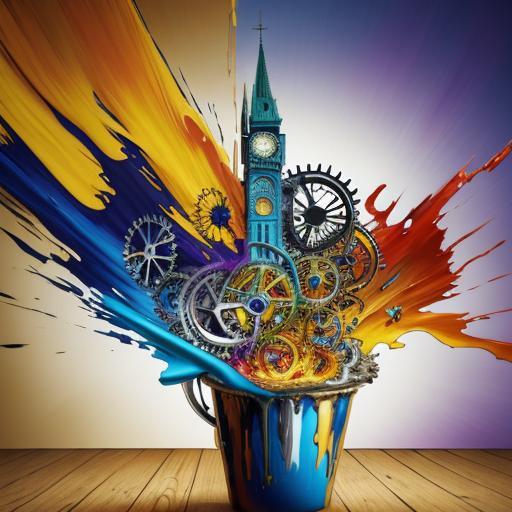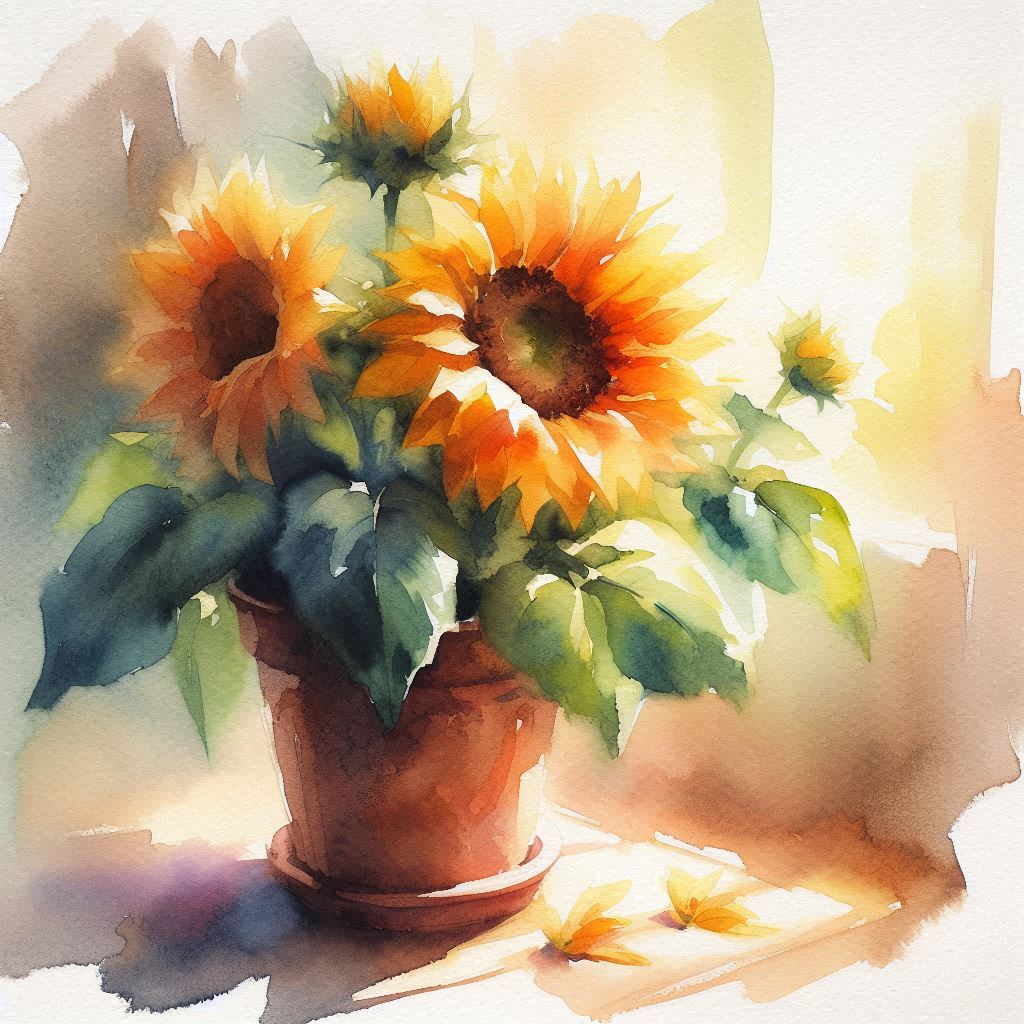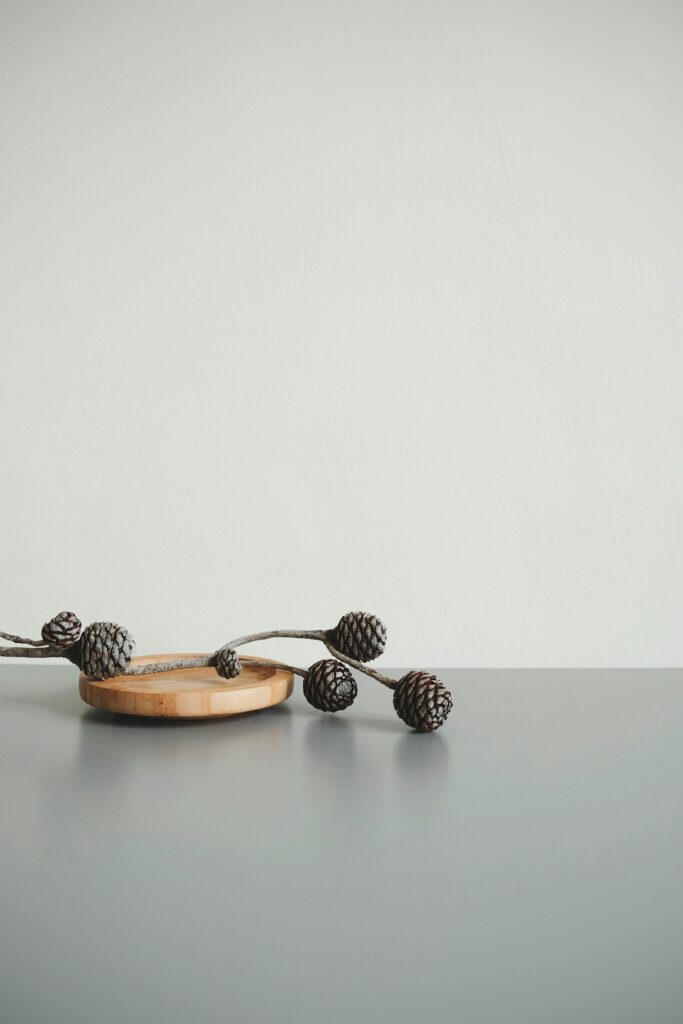Ever gazed at a painting of fruit and wondered, “What’s the big deal?” You’re not alone. Still life painting might seem simple at first glance, but it’s a genre that’s captivated artists and art lovers for centuries. So why does this seemingly mundane subject matter continue to inspire? Let’s dive into the world of still life painting and uncover its enduring appeal.
What Exactly is Still Life Painting?
Still life painting focuses on inanimate objects, typically arranged on a table or in a specific setting. These subjects can range from everyday items like fruit and flowers to more symbolic objects like skulls or hourglasses. But don’t let the “still” fool you – these paintings are anything but lifeless.
From Ancient Tombs to Modern Galleries: The Evolution of Still Life
Ancient Roots: More Than Just Pretty Pictures
Believe it or not, still life painting has been around since ancient times. Egyptian tomb paintings often featured arrangements of food and objects, intended to nourish the deceased in the afterlife. Talk about a lasting impression!
The Greeks and Romans took things up a notch, developing techniques like perspective and shading that would lay the groundwork for future still life masterpieces. These early works weren’t just decorative – they often carried deep symbolic meanings.
Finding Its Footing: The Middle Ages and Beyond
During the Middle Ages, still life elements started popping up more frequently in religious paintings. But it wasn’t until the 16th century in the Netherlands that still life truly came into its own as a distinct genre.
Why the Netherlands? The Protestant Reformation played a big role. With less emphasis on religious imagery, artists turned to everyday objects as subjects. This shift opened up a whole new world of artistic possibilities.
The Dutch Golden Age: Still Life’s Time to Shine
| Characteristic | Description |
|---|---|
| Realism | Highly detailed and lifelike depictions of objects |
| Symbolism | Objects often carried hidden meanings or moral messages |
| Vanitas Themes | Inclusion of objects symbolizing the transience of life |
| Exotic Objects | Incorporation of rare and valuable items from global trade |
| Composition | Carefully arranged objects with attention to balance and harmony |
| Lighting | Skillful use of light and shadow to create depth and drama |
| Color Palette | Rich, warm colors with emphasis on texture and surface quality |
| Subject Matter | Common themes included flowers, food, tableware, and luxury goods |

Key artists of this period, like Jan Brueghel the Elder and Ambrosius Bosschaert, elevated still life to new heights. Their paintings weren’t just pretty pictures – they were technical marvels, capturing the play of light on delicate petals or the gleam of a polished silver goblet.
The 17th century was a golden age for Dutch still life painting. As trade boomed and wealth flowed, artists found a eager market for their work. Floral arrangements and lavish banquet scenes became all the rage, showcasing both artistic skill and the patron’s prosperity.
Still Life Through the Ages: A Chameleon in the Art World
One of the most fascinating aspects of still life painting is how it’s evolved through different art movements. Let’s take a whirlwind tour:
Baroque: Drama and Symbolism
Baroque still lifes cranked up the drama with intense lighting and heavy symbolism. These paintings weren’t just about showing off technique – they often carried deep moral or religious messages.
Rococo: Everyday Elegance
The Rococo period saw a shift towards more domestic and everyday objects. Think elegant tea sets and dainty pastries rather than grand banquet scenes.
Impressionism and Post-Impressionism: Breaking the Rules
Artists like Paul Cézanne and Vincent van Gogh threw the rulebook out the window, experimenting with color and form in their still life paintings. Suddenly, a simple apple could become a study in light and shape.
Modern Marvels: Still Life in the 20th Century and Beyond
The 20th century saw still life painting reimagined through avant-garde movements like Cubism and Surrealism. Pablo Picasso’s fragmented fruit bowls and Salvador Dalí’s melting clocks pushed the boundaries of what still life could be.
Today, contemporary artists continue to explore still life through new mediums like photography, digital art, and even installations. The genre has proven incredibly adaptable, evolving with each new artistic movement.
Most Important Still Life Paintings

| Painting | Artist | Year | Notable Features |
|---|---|---|---|
| The Basket of Apples | Paul Cézanne | 1893 | Multiple perspectives, precursor to Cubism |
| Sunflowers | Vincent van Gogh | 1888 | Vibrant colors, thick impasto technique |
| Still Life with Skull | Paul Cézanne | 1898 | Memento mori theme, geometric forms |
| The Arnolfini Portrait | Jan van Eyck | 1434 | Highly detailed domestic objects, symbolic meanings |
| Still Life with Cherub | Frans Snyders | 1630s | Baroque abundance, dramatic lighting |
| Still Life with Oysters | Willem Claesz Heda | 1634 | Monochromatic palette, precise textures |
| Fruit Piece | Jan Davidsz de Heem | 1670 | Rich colors, intricate details of various fruits |
| Still Life with a Bouquet of Flowers and Plums | Rachel Ruysch | 1704 | Botanical accuracy, dynamic composition |
| The Persistence of Memory | Salvador Dalí | 1931 | Surrealist interpretation of still life elements |
| Campbell’s Soup Cans | Andy Warhol | 1962 | Pop Art approach to everyday objects |
More Than Meets the Eye: The Hidden Language of Still Life
One of the most intriguing aspects of still life painting is its use of symbolism. Objects in these paintings often carried deeper meanings that viewers of the time would have recognized. Here are a few common symbols you might spot:
- Skulls: A reminder of mortality
- Wilting flowers: The fleeting nature of beauty and life
- Extinguished candles: The brevity of human existence
- Timepieces: The passage of time
- Mirrors: Vanity or self-reflection
These symbols added layers of meaning to what might otherwise seem like simple arrangements of objects. A still life wasn’t just a pretty picture – it could be a complex allegory or a moral lesson.
Why Still Life Still Matters
So why has still life painting endured for so long? There are a few key reasons:
- Artistic Freedom: Still life allows artists to fully control their subject matter, experimenting with composition, color, and technique.
- Technical Challenge: Capturing the textures, reflections, and subtleties of inanimate objects is a true test of skill.
- Symbolic Potential: Still life paintings can convey complex ideas and messages through carefully chosen objects.
- Reflection of Society: The objects featured in still lifes often reflect the values, trade, and daily life of their time.
- Accessibility: Unlike portraits or landscapes, still life subjects are readily available to artists of all backgrounds.
Evolution of Still Life Painting
The Lasting Legacy of Still Life Painting
From ancient tomb paintings to cutting-edge digital art, still life has proven to be one of the most versatile and enduring genres in art history. It’s a testament to human creativity that artists continue to find new ways to breathe life into “still” objects.
The next time you encounter a still life painting, take a moment to look deeper. What stories might those carefully arranged objects be telling? What techniques did the artist use to bring them to life on the canvas? You might just discover a whole new appreciation for this timeless art form.
Resources:
- The Metropolitan Museum of Art’s “Still Life Painting” Timeline: https://www.metmuseum.org/toah/keywords/still-life-painting/
- Tate’s “Still Life – Art Term”: https://www.tate.org.uk/art/art-terms/s/still-life
- Google Arts & Culture’s “A Brief History of the Still Life”: https://artsandculture.google.com/story/a-brief-history-of-the-still-life/igKCRBBmMpv5Kg



